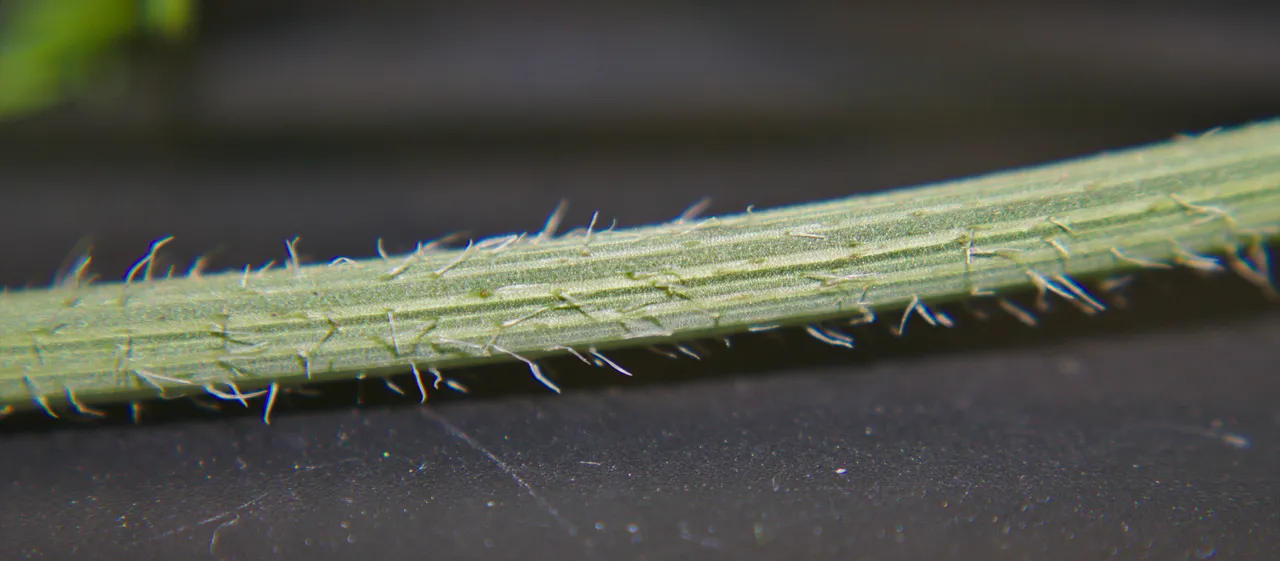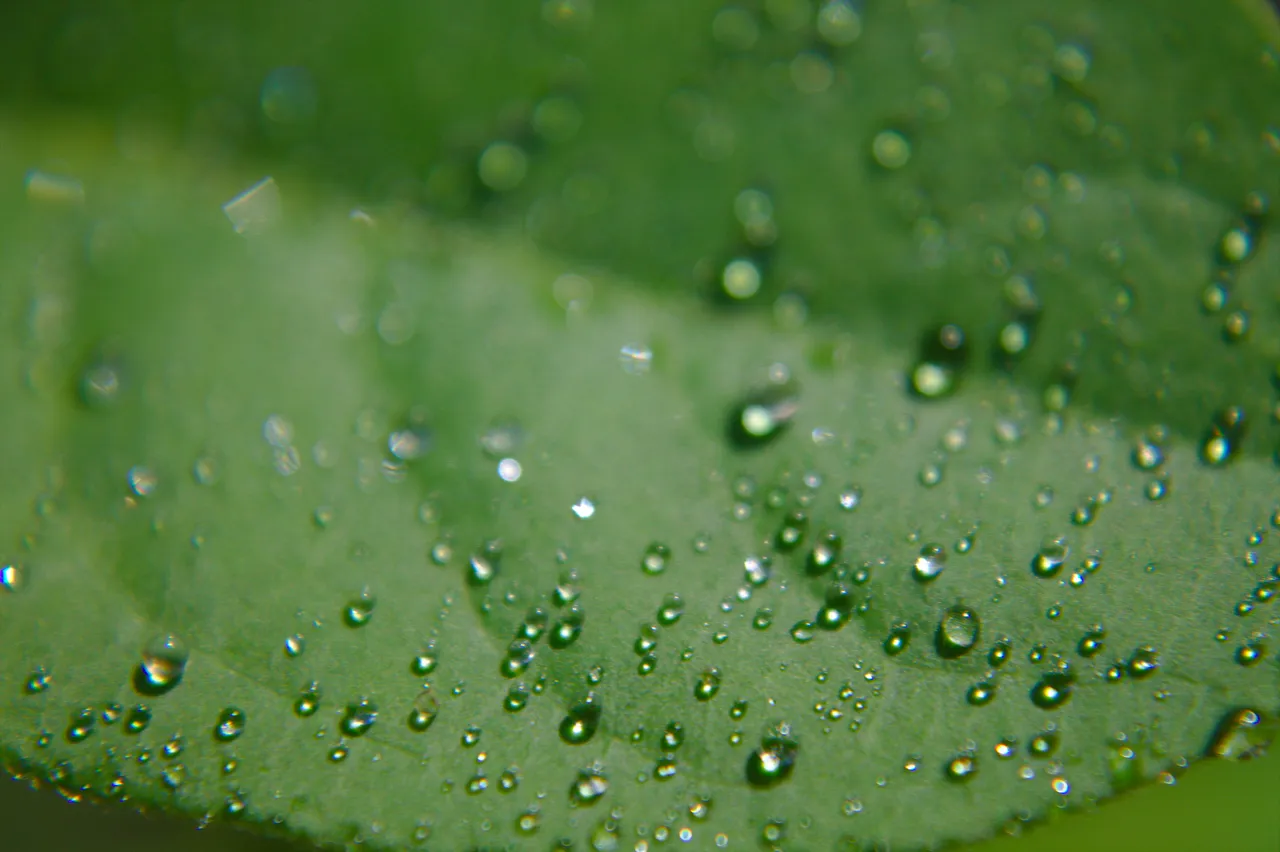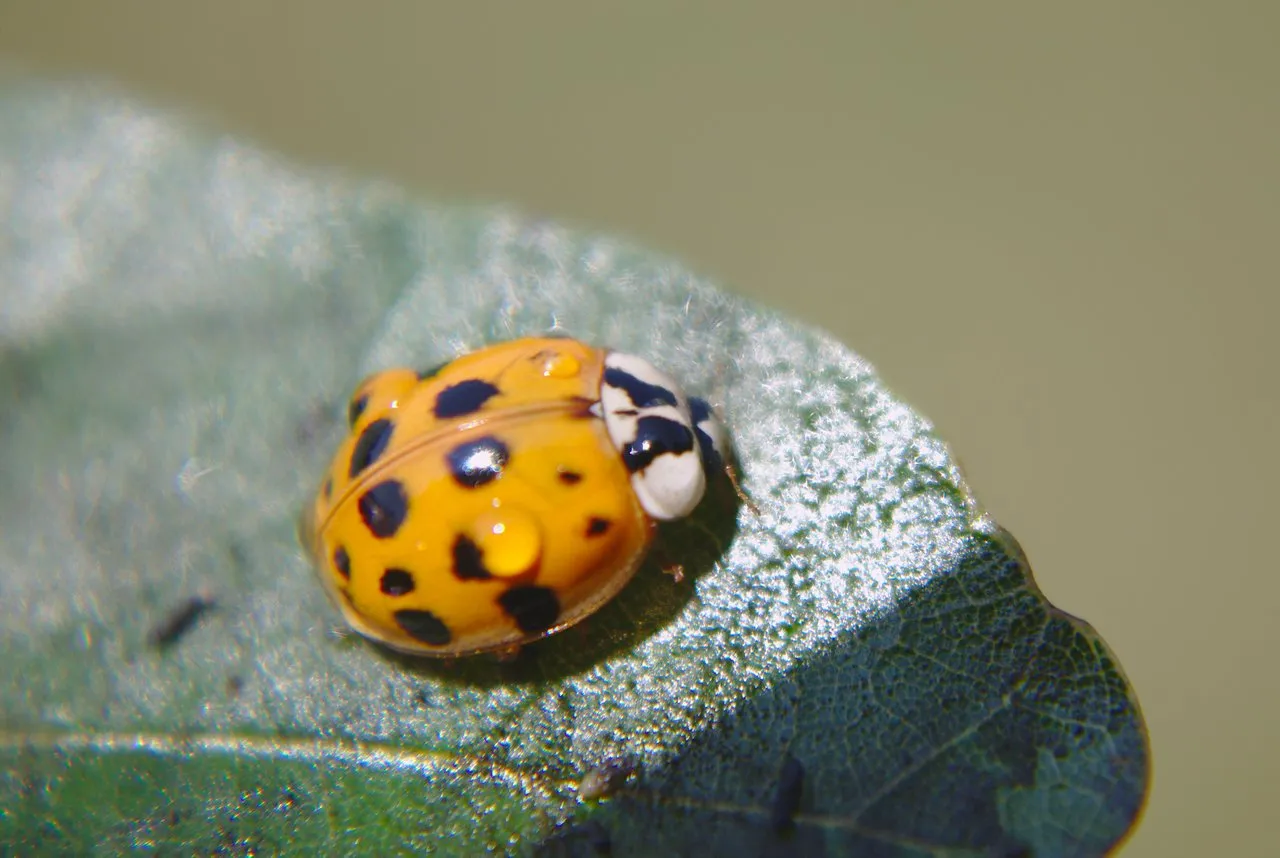WARNING This post is not intended to be an identification guide. Most of the information contained within it has been gleaned from other (mostly online) sources, which I have credited. If you are interested in foraging wild edibles, please do not base your decision to eat anything you find off of anything you have read in this article. Do your own research and consult an expert before trying to identify any wild edibles on your own.
Wild Carrot/Poison Hemlock
What’s Up, Doc?

I didn’t know that there was a such thing as a wild carrot, so I had to dig a little deeper. No, seriously. I dug one up and brought it back to my classroom for further research.
A Wild Carrot?

There were LOTS of them out there, but only a few had any flowers. This one was the tallest specimen with the largest flower. It was right at 2 feet tall (above ground) with the root going down about another 4 inches or so into the ground. I smelled of it, and it smelled a like carrot.
I did a quick internet search for ”wild carrot”, and found out that there is a such thing. I also found out that it is very easy to mistake them for deadly poison hemlock! Well, I had already handled this plant and even put it up to my nose to smell of it. I figured I’d better start my research with hemlock, just to make sure I wasn’t in any danger. I discovered that poison hemlock isn’t anything you want to mess around with.
The Execution/Suicide Of Socrates

Image Credit
One of the first pieces of information that I ran across was about the use of hemlock in the execution/suicide of Socrates. Socrates was had been convicted of refusing to recognize the gods recognized by the state and corrupting the youth, which carried a maximum penalty of DEATH! Interestingly, they gave Socrates a chance to suggest his own punishment, to which he sarcastically replied that he should be rewarded for his actions. Even when given another chance to pick a viable option other than death, Socrates simply offered to pay a small fine. That is why I titled this section “The Execution/Suicide Of Socrates”. If he had chosen to offer up a legitimate alternative, he probably would have lived. Instead, he chose to force the jurors to sentence him to death.
Socrates’ death sentence was carried out via poison, as was common at the time. This poison was derived from poison hemlock. As the account goes, Socrates asked his guard the best way to self-administer his poison, to which the guard told him to drink it and walk around until his legs started feeling heavy. At that time, he could lay down and gently pass. But, why would his legs begin to feel heavy? How does poison hemlock work on the body?
How Does It Kill
Poison hemlock contains a toxin called coniine, which effects the nervous system by blocking nerve impulses from reaching the muscles. At first, one might notice a dry mouth or stomach cramps. It may even cause seizures, depending on the amount ingested. Socrates’ legs would have felt heavy because fewer and fewer muscle fibers would be working to lift them, resulting in paralysis that progressively works its way up the body. Once it reaches the diaphragm, you’re toast, unless you are put on life support. Paralysis seems to wear off within 2-3 days, so as long as they can keep your heart pumping and your lungs filling, you should be okay.
But, I Have To Eat It For It To Be Dangerous, Right?
I have to admit: I began to worry a little bit when I ran across this next part, and it has made me aware that I should be more careful when I am exploring the woods. Apparently, you don’t have to eat poison hemlock for it to be dangerous. It can be absorbed through the skin and can be even be dangerous if inhaled! Skin exposure generally results in a rash, but I couldn’t find any information that ruled out nervous system complications. Here I was tromping around in the woods, digging stuff up, and smelling of it. Had it been poison hemlock, I could have been in trouble.
So, it WASN’T Poison Hemlock? What Was It?
I am pretty positive that what I found was NOT poison hemlock. Hemlock does look very similar to wild carrots, but there are a couple of dead giveaways that distinguish the two.
Differences In The Stems
The first thing to look at is the stem. Poison hemlock stems are usually green with purple(ish) blotches, whereas the stems of wild carrot are solid green.

Also note the texture of the stems in the above pictures. Poison hemlock will always have smooth, hairless stem, but wild carrot stems are covered in little hair-like structures known as trichomes.
Every Last Inch Of Me’s Covered With HAIR!

A less reliable identifying stem characteristic is the branching pattern. Poison hemlock has a tendency to be highly branched. A single stem may give rise to multiple clusters of flowers. Wild carrots generally have unbranching stems with a single flower cluster at the top.

Differences In The Flowers
Both poison hemlock and wild carrots give rise to clusters of tiny white flowers that can be difficult to tell apart. The first thing you should look for is a single purple flower in the center of the white cluster. This is a certain sign that you are looking at Queen Anne’s lace (Daucus carota); one of the two wild carrot species that I ran across in my research. The other is commonly known as rattlsnake weed, but I will refer to it by its scientific name, Daucus pusillus, because there is another edible plant that also carries the moniker “rattlesnake weed”
Queen Anne’s Lace (Daucus carota)

Image Credit
The story behind the common name “Queen Anne’s lace” is that the white flowers represent the white lace that Queen Anne was so good at making, and the purple flower in the center was where she pricked her finger, and a drop of blood fell onto the flowers. Unfortunately, some variations of Queen Anne’s lace lack that distinctive blood drop, whereas Daucus pusillus always has pure white flower clusters.
There is another way to distinguish the deadly hemlock from the edible wild carrot if it is getting on in the season and the flowers have begun to go to seed. The flower clusters of wild carrot will begin to curl inward as they dry and form seeds, whereas the flowers of poison hemlock remain uncurled as they form seeds.

The seeds even look different, with the wild carrot seeds having a prickly appearance. They are designed to get caught up in the fur of passing animals so that they might be spread around.
Finally, look underneath the flower clusters. Notice that wild carrots have a green, frilly sepal that the hemlock flowers lack.

The Smell Test
The final test - though one that I don’t recommend - is the smell test. I mentioned that one of the first things I noticed about my specimen was that it even smelled like a carrot. It turns out that that is another strong indicator that you have a wild carrot. Poison hemlock will have a musty, unpleasant smell that some have likened unto a mouse.
What Did I Find?
As I mentioned, I ran across two species of wild carrots in my research, but they are very difficult to tell apart. Of course, if that purple center flower is present, you definitely have Queen Anne’s Lace. However, if it lacks that purple flower, then it could be Daucus pusillus or it could still be Queen Anne’s Lace. There are some variations between the two, but none that I am experienced enough to distinguish between. If caught early enough in the year, both plants have edible roots, and they may even be eaten later in the season if the woody outer part can be peeled off. Practically the entire Queen Anne’s lace plant is reported to be edible, even the seeds! Take caution, though, the flowers were commonly used as birth control over 2000 years ago, and some evidence seems to point to the validity of that use; so, those who are pregnant or plan on becoming pregnant may want to avoid the flowers and seeds. The root of Daucus pusillus is also reported to be edible, but I didn’t find any resources that reported the leaves, flowers, or seeds to be edible. In fact, contact with sap from the plant may even make it easier for you get sunburned. Medicinally, it has historically been used to relieve itching, reduce fever, and to treat snakebites.
In Conclusion
As you can see, I have done quite a bit of research to determine what kind of plant that I found, and all evidence points to it being a wild carrot rather than poison hemlock. Unfortunately, I can not determine if it is Queen Anne’s lace or its less edible cousin, Daucus pusillus. Fortunately, both plants have edible roots.
How Sure Am I In My Identification?
All photos taken by me using Canon Rebel T3; Lens Model: EF-S18-55mm f/3.5-5.6 IS II, unless otherwise credited. Macro shots were taken using a cheap screw on macro adapter; post processing performed using Darktable unless otherwise labeled.
Thanks for reading today’s article! If you're into science, nature, or photography, maybe you would like to check out some of my other recent content:










